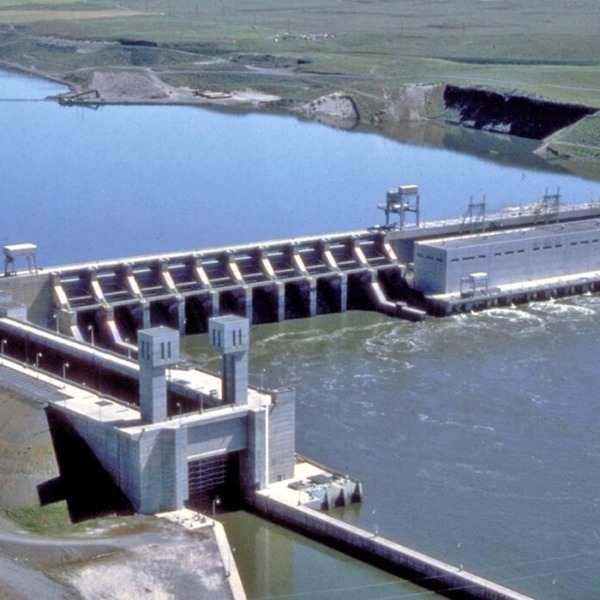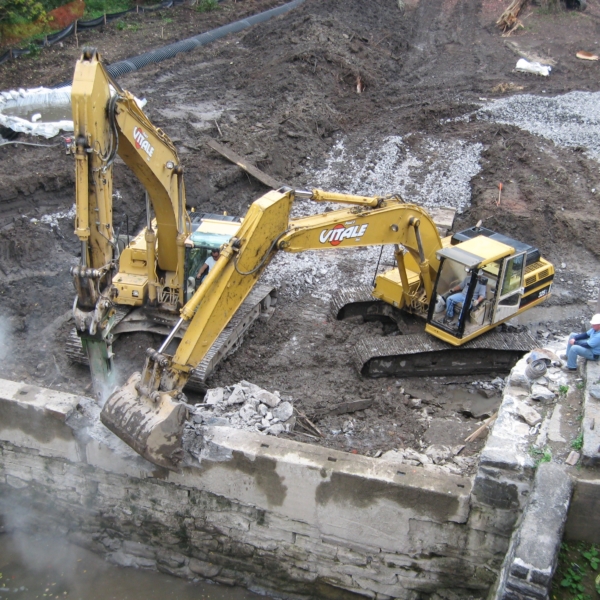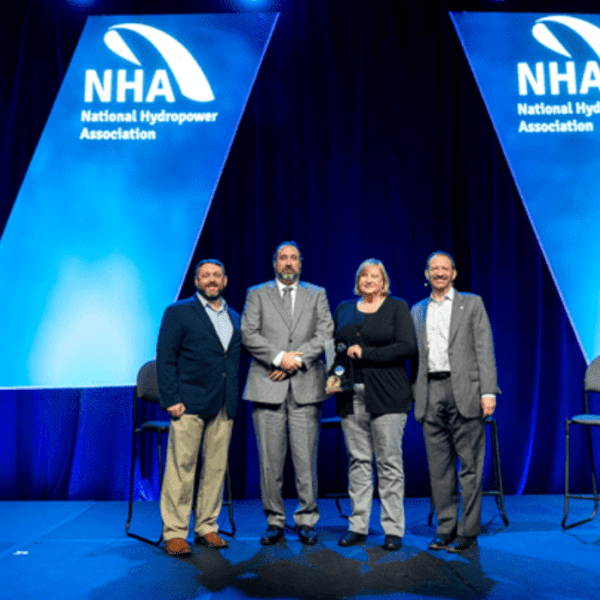When Kaukauna Utilities overhauled two small Kaplan turbine-generator units after 25 years in service, the Wisconsin municipal utility followed a core philosophy: invest in maintenance. Now, its Combined Locks plant powers 5,100 homes, and the plant is running at 98% reliability, and will continue to do so for another 30 years.
Other small hydropower owners determining or preparing for a unit overhaul can benefit from guidelines developed by Mike Pedersen, Kaukauna Utilities’ retired director of operations, now client and project manager for Mead & Hunt, and Scott Klabunde, formerly with Hydro Consulting & Maintenance Services Inc. (HCMS), now consulting to small hydro owners as HydroPartners.
Following Pedersen’s and Klabunde’s key guidelines, hydropower operators can strategically conduct a successful unit overhaul without a huge capital outlay; the guidelines are as follows:
- Define your scope of work
- Respect equipment lifecycles
- Prequalify your contractor
- Stay engaged
- Manage discovery
- Initiate future planning
Understanding how reliable hydropower can keep rates low for customers is critical, and, by prioritizing and systematizing maintenance, hydro operators can maintain efficient operations. As Mike Pedersen said in reference to Kaukauna Utilities, “We have a great philosophy at KU—you make money if you’re reliable.”
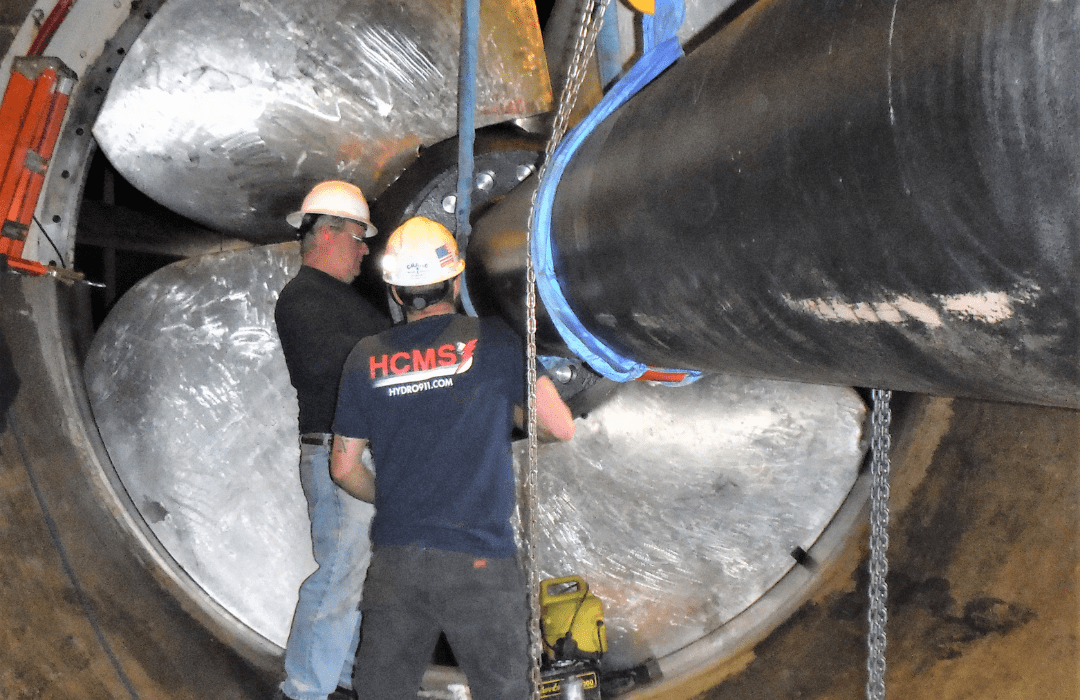
The rigging of the existing runner for removal.
THE DEEP DIVE: WHY SCHEDULED OVERHAULS MAKE SENSE
Founded in 1912, Kaukauna Utilities, a member of the National Hydropower Association (NHA), is a community owned and operated electric and water utility that serves approximately 16,000 customers in the Kaukauna area of Wisconsin. The utility owns and operates seven hydroelectric plants, which includes 19 units (a mix of Francis and Kaplan types) with a total nameplate capacity of 26 MW.
This portfolio of hydropower assets generate electricity that is locally produced, emissions-free, and generates more than 30% of its customers’ total electricity needs with rates among the lowest in in the state.
In addition, Kaukauna Utilities has earned the highest Diamonds Level Reliable Public Power (RP3)® designation from the American Public Power Association (APPA).
Kaukauna Utilities’ Combined Locks plant operates two identical 3.1-MW horizontal shaft turbines with Voith (Allis) Kaplan propellers, which were originally installed in 1987.
Between 2018 and 2020, Kaukauna Utilities overhauled both units at Combined Locks. The schedule was based on historic low water flows in the river system. Work on Unit 1 was mobilized on June 4, 2018, and commissioned on January 9, 2019, with a total outage of 220 days. Work on Unit 2 was mobilized on June 10, 2019, and commissioned on February 5, 2020, with a total outage of 239 days.
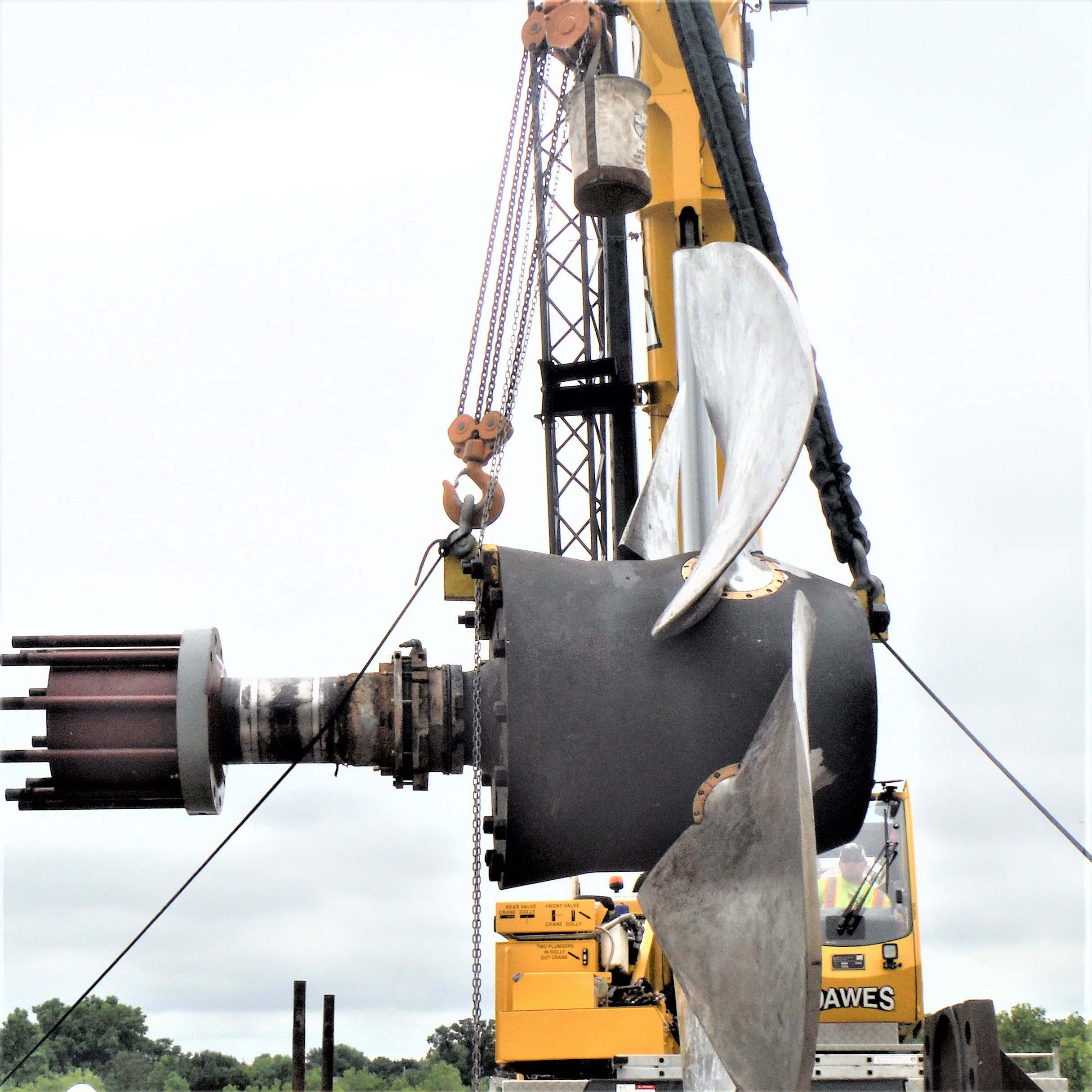
Photo taken as existing runner is removed.
Both overhauls had zero safety incidents.
The city follows the 25- to 30-year industry standard for an in-depth overhaul of its facilities and had budgeted for the work at Combined Locks.
The budgeting process for the overhaul, which began in 2017, covered the overhaul of both units over two years as funds were available. The total project cost was approximately $1.2 million, with funding coming from the annual capital budget.
As the annual capital budget included funding for the overhaul project, Commission approval did not become an issue. “KU has ‘X’ amount of dollars in the budget for each year’s capital projects,” explained Pedersen. “We complete projects for the dollars available. We work together each year to prioritize our projects and divide up the dollars accordingly.”
Klabunde emphasized typical barriers to budget approval by management for this kind of work. “It can be a real struggle to get attention in the board room,” he said. “Equipment failure consequences need to be accurately and convincingly conveyed and understood by decision makers prior to their failure.”
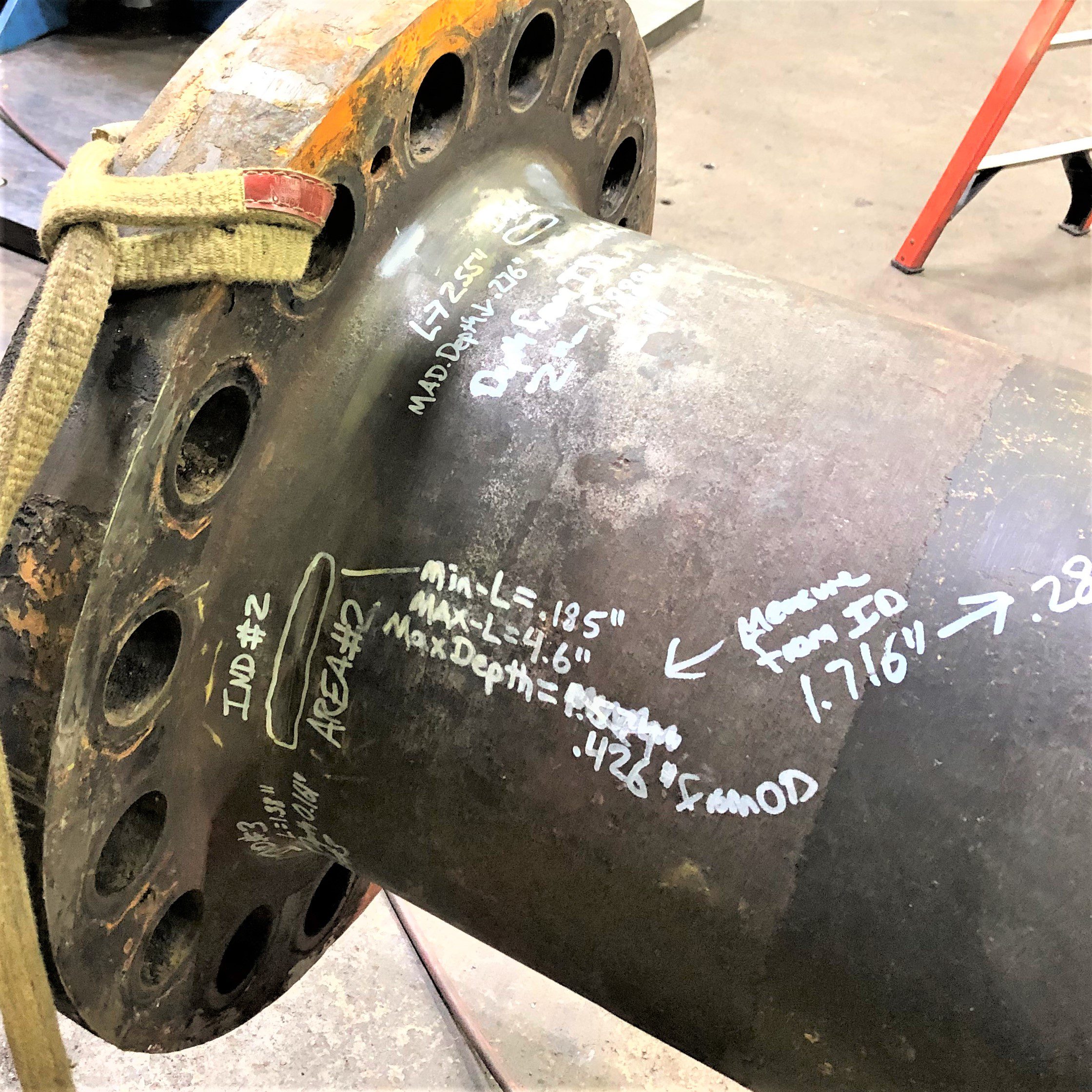
Inspection of existing runner shaft, showing potential wear.
Using a car maintenance analogy, Klabunde explains that the older the car becomes, the more frequently it needs to be stopped and serviced, and eventually service expenses will outpace the costs of full refurbishment.
“Owners of hydro projects, especially small projects, generally do not accurately compare the real costs of running and maintaining older equipment to the cost of a complete overhaul,” Klabunde said, including the asset value losses along the way. “A fair analysis would result in more planned and scheduled overhauls.”
Another important aspect of budgeting for overhauls is to “expect the unexpected.”
During the overhaul, when Kaukauna Utilities’ employees opened and inspected Unit 2’s gearbox, they found significant cracking. This required an unscheduled 12-week (repair) process.
“KU has a cash reserve for such unknowns, so the additional cost was not an issue,” Pedersen said. However, without the foresight of setting up the cash reserve, the utility could have been faced with cost overruns or, because of lack of funds, been forced to leave the cracked gearbox in place without repair, taking the risk of an unexpected outage in the future.
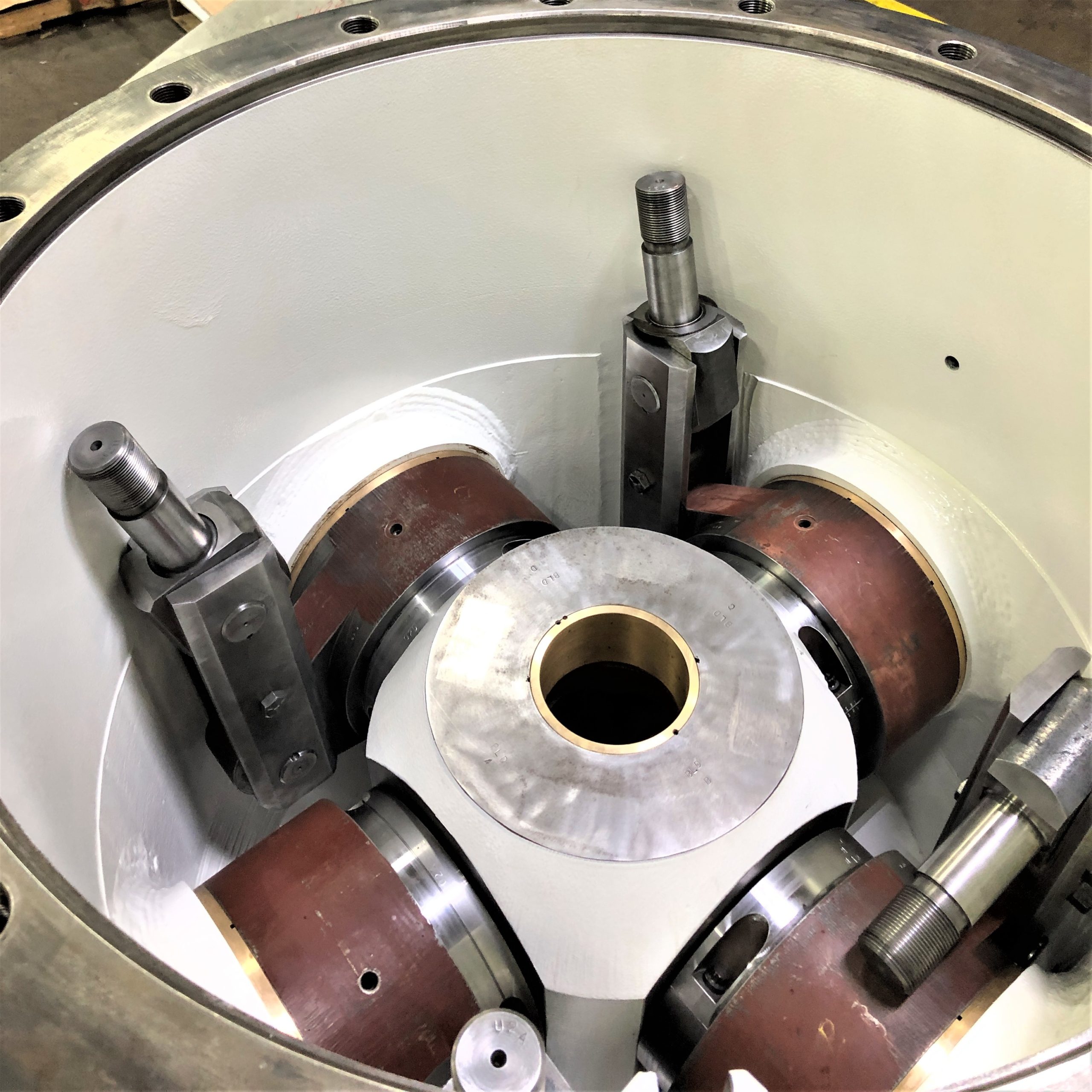
The internal runner hub after refurbishment.
THE IMPORTANCE OF RELIABLITY AND PREVENTITIVE MAINTENANCE
Reflecting on Kaukauna Utilities’ overhaul project, Pedersen emphasized that hydro reliability is a critical issue with management and the utility commission.
“KU understands reliable hydro is key to keeping customer rates low,” said Pedersen. “It all goes to the reliability. Any power produced in our system helps to offset the higher cost of purchasing replacement power, thus saving our customers money.” In addition to customer savings, reliability means profitability.
“You only make or save money when a unit is available to run when water is available.” Pedersen added, “Preventive maintenance is key to keeping things running reliably. For a small utility, a 20-year plan gives everyone a heads up on future expenses and allows all departments to spread out capital projects according to dollars available.”
Both Pedersen and Klabunde emphasize that owners of small hydro facilities need to invest in preventive maintenance and plan out a long-term maintenance schedule, instead of taking the all-too-common “fire drill” approach.

Magnetic particle testing of existing gearbox shows wear marks.
“Small hydro owners often have an upside-down budget, tirelessly running around putting out fires because they have not invested in an approach that focuses on reliability,” Klabunde explains.
By following a sustainable long-term vision similar to Kaukauna Utilities’ approach, asset value increases over time which benefits everyone in the entire organization. “In our experience, pushing life-cycle limits ultimately results in increasing labor, expenses, and budgets due to frequent unplanned issues, outages, lost energy, unexpected troubleshooting, and repair work,” said Klabunde.
Increasing equipment component failures can also create a morale issue within the organization—limited budgets and labor not keeping pace with inevitable ongoing equipment breakdown can lead to an overstressed workplace.
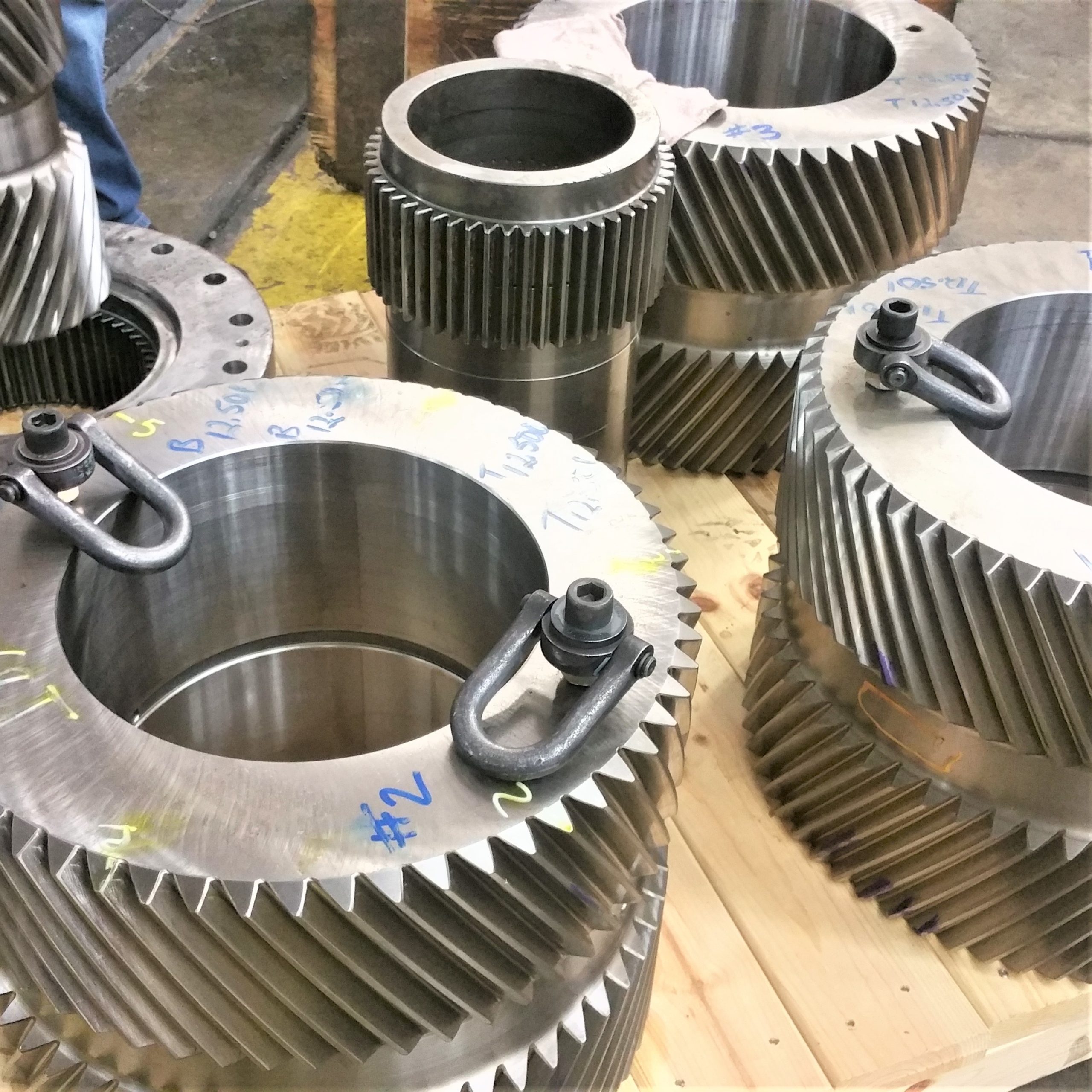
The gearbox’s new planetary gears prior to installation.
SIX HELPFUL GUIDELINES FOR NAVIGATING OVERHAULS
While overhauling the units at Combined Locks, the Kaukauna Utilities team put together a planning guide to both capture what they learned and to demonstrate to others a set of best practices.
Comprised of six key guidelines, the planning guide offers a helpful roadmap to hydropower project owners looking to learn from the experiences of peers.
- Respect Equipment Life Cycles: Maintenance costs and risk of catastrophic failure increase with age. Kaukauna Utilities estimated a 30-year target life cycle for the Combined Locks plant. Planning also included forced outage tracking (the goal at Combined Locks was unit reliability greater than 99%). Owners should also plan on a one- to two-year process, including commissioning approval. The budget should be set one year prior to the outage.
- Define Your Scope of Work: Project managers need to understand the extent of the work, including realistic long lead times for some components. Overhaul planners also need original equipment manufacturer (OEM) specifications. Component inspections must be thorough and comprehensive. Additionally, managers must apply industry standards. Project managers also need to regularly consult with their team.
- Prequalify Your Contractor: Prequalification elements include the contractor’s safety record, relevant and technical experience, competency and shop capabilities, an industry reputation for quality, engineering resources and support, workforce sourcing including level of expertise, and the proposed schedule, especially during low river flow periods.
- Stay Engaged: It’s important to stay engaged throughout the project; recommended activities include weekly update meetings, project site visits, vendor/supplier selection, timely decisions post discovery, and shop visits.
- Manage Discovery: Tips and caveats for the project discovery phase in which information is collected and analyzed include setting realistic expectations, anticipating and budgeting accordingly, reviewing after the initial disassembly and inspection is complete, and to keep moving after the discovery phase.
- Initiate Future Planning: As part of the overall project, and for future success, the team needs to evaluate and apply lessons learned. Important activities include reviewing the discovery/cost schedule, reviewing future steps to minimize vendor lead times, and, as part of procurement analysis, evaluating sole sourcing advantages—buying all supplies and materials from a single supplier if possible.
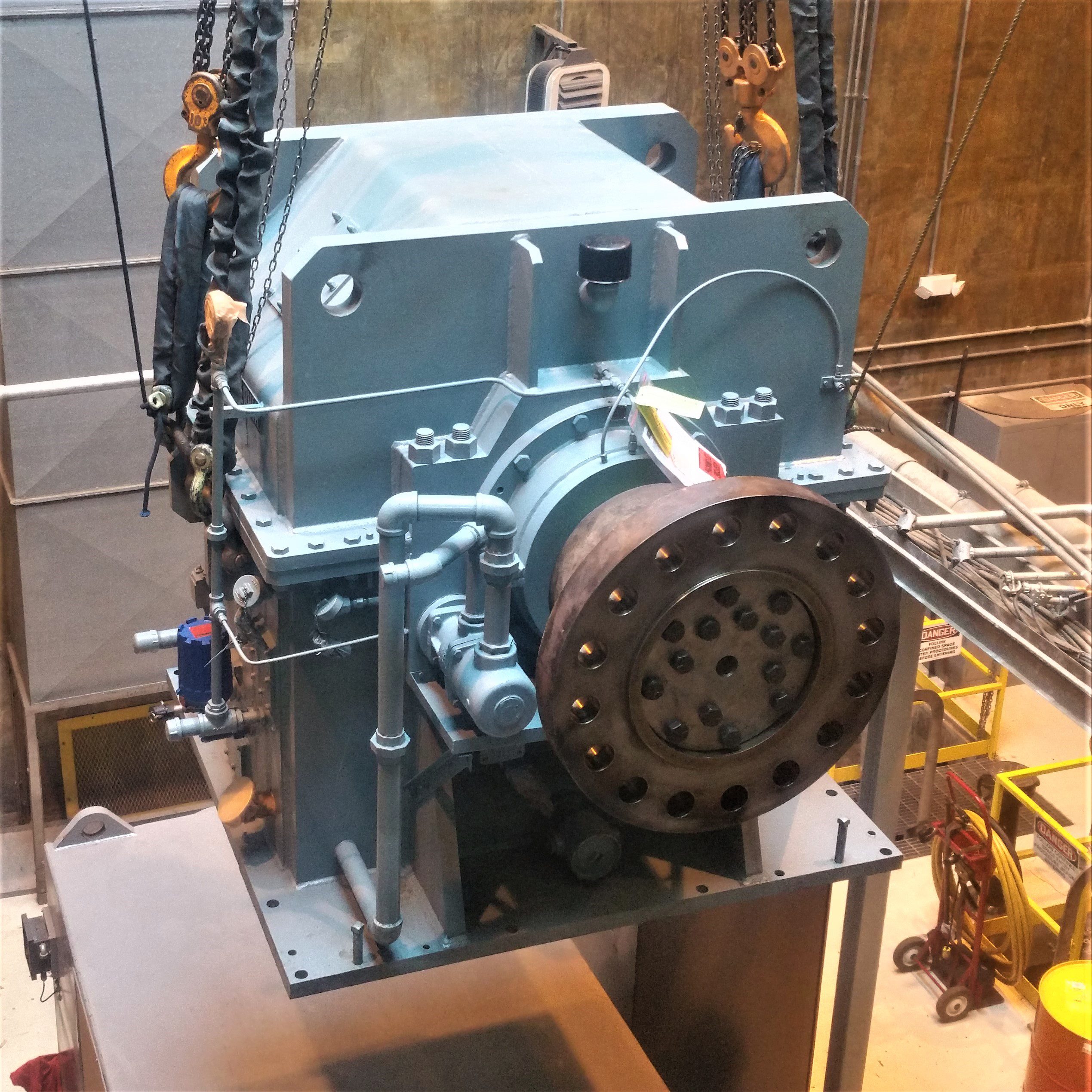
The gearbox as it’s lowered into position for the final installation.
WHY IT MATTERS
The story of Kaukauna Utilities’ planning and execution of the overhaul of the units at Combined Locks demonstrates how major maintenance can be affordable. While Kaukauna Utilities’ work may differ in scope from other hydropower operators, the lessons Kaukauna Utilities shared are valuable markers for those looking to increase the longevity of projects and keep rates low for customers.
With the added difficulties posed by an uncertain global hydropower supply chain, recommendations like “initiate future planning” mirror proactive suggestions offered by Oak Ridge National Laboratory in the recent Hydropower Supply Chain Deep Dive Assessment report, which you can read about more here.








